当前位置:网站首页>High availability, two locations and three centers
High availability, two locations and three centers
2022-08-03 05:10:00 【Cloud grass mulberry】
1. Three centers in two places
"Two places and three centers" means the production center, the same city disaster recovery center, and the remote disaster recovery center. In a sense, it has both the same city disaster recovery and the remote disaster recovery, and the combinationIt's called the Three Centers in Two Places.
In the same city dual centers + remote disaster recovery centers, the disaster recovery model of "two centers and three centers", the solution has both high availability and disaster backup capabilities.
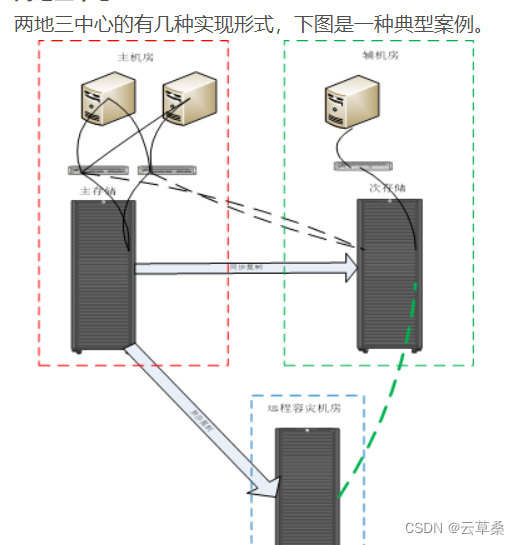
1. Dual centers in the same city
Establish two data centers in the same city or adjacent cities that can independently undertake the operation of key systems. The two centers have basically equivalent business processing capabilities and synchronize data in real time through high-speed links. In daily situations, they can simultaneously share the business and management system.It can run and can be switched to run; in the event of a disaster, it can perform emergency switchover for disaster recovery without basically losing data to keep business running continuously.Compared with the remote disaster recovery model, the dual center in the same city has the advantages of low investment cost, fast construction speed, relatively simple operation and maintenance management, and higher reliability.
2. Remote Disaster Recovery Center
Establish a backup disaster recovery center in a remote city for data backup of the dual centers. Purpose: When the dual centers fail due to natural disasters and other reasons, the remote disaster recovery center can use the backup data for business recovery.
Three centers in two places: refers to the dual centers in the same city plus remote disaster recovery, a commercial disaster recovery backup solution;
Two places: refers to the same city and different places;
Three centers: refers to the production center, the same-city disaster recovery center, and the remote disaster recovery center.(production center, intra-city disaster recovery center, remote disaster recovery center) 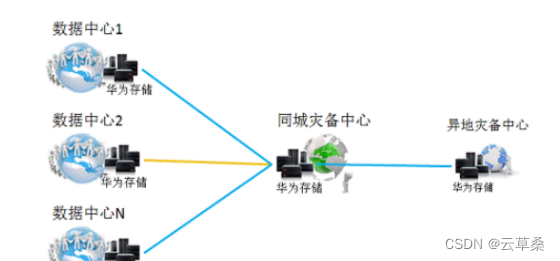
2. Active-active data center
"Dual-active" or "multi-active" data centers are different from traditional data centers and disaster recovery centers. Multiple or two data centers are running, running the same applications and having the same data.It can provide cross-center business load balancing operation capability, realize continuous application availability and disaster backup capability, so it is called "active-active" and "multi-active"; the latter is when the production data center is put into operation, and the disaster recovery data center is not working.Only when a disaster occurs, the production data center is paralyzed, and the disaster recovery center is activated.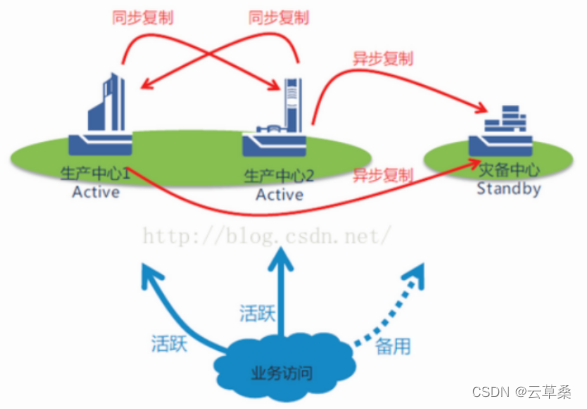
The biggest feature of the "active-active" data centerYes:
1. Make full use of resources to avoid waste caused by a data center being idle all the year round. Through resource integration, the service capacity of the "active-active" data center is doubled;
2. If a "active-active" data center is disconnected from one data center, its business can be quickly switched to another running data center, and the switching process is imperceptible to users.
In the "active-active" model, the two data centers accept transactions at the same time, which is very technically difficult and requires changing many underlying programs. Therefore, in reality, there is no real "active-active" data center in China. Successful application cases.
Technology selection metrics for three centers in two locations:
When building a disaster recovery system, the first consideration is to choose a reasonable data replication technology based on the actual situation.The following factors are mainly considered when choosing a reasonable data replication technology:
1. Disaster tolerance level: Identify the types of disasters that the computer system needs to endure, and the backup and protection plans for various unexpected situations such as system failures, communication failures, long-term power failures, fires and earthquakes are different.
2. Degree of business impact: It is necessary to clarify the degree of loss caused by the suspension of business when the computer system fails to work unexpectedly, that is, to define the maximum tolerance time of the user for the failure of the computer system.This is an important technical indicator for designing a backup scheme.
3. Data protection degree: Whether the database is required to restore all submitted transactions, and requires real-time synchronization to ensure data continuity and consistency, which is an important basis for the complexity of the backup scheme.
边栏推荐
- Redis连接不上的报错解决方案汇总
- User password verification
- OSI的分层特点、传输过程与三次握手、四次挥手、tcp与udp包头的描述
- 4.深度学习的几何解释与梯度的优化
- 刚上线就狂吸70W粉,新型商业模式“分享购”来了,你知道吗?
- 私域流量引流方法?分享购火爆的商业模式,你值得拥有
- 1.一个神经网络示例
- Harmony OS ets ArkUI 】 【 】 the development basic page layout and data connection
- Fluorescent marker peptides FITC/AMC/FAM/Rhodamine TAMRA/Cy3 / Cy5 / Cy7 - Peptide
- 数字化时代,企业如何建立自身的云平台与商业模式的选择?
猜你喜欢
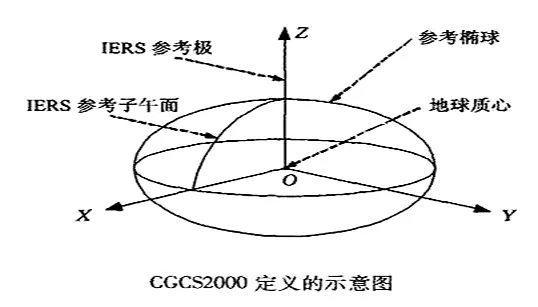
GIS数据漫谈(五)— 地理坐标系统

软件开发的最大的区别是什么?

【生物素叠氮化物|cas:908007-17-0】价格_厂家

typescript39-class类的可见修饰符
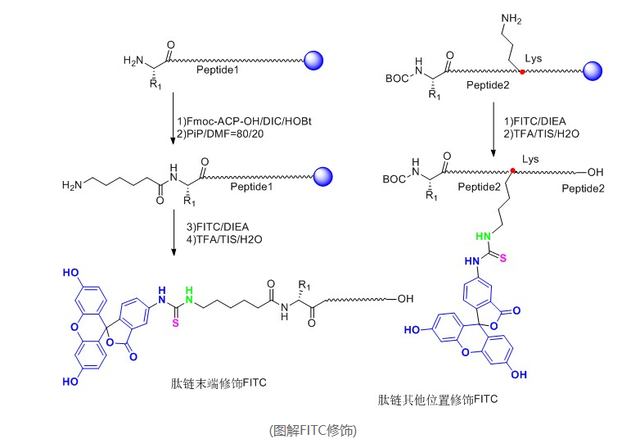
荧光标记多肽FITC/AMC/FAM/Rhodamine/TAMRA/Cy3/Cy5/Cy7-Peptide

DFS对剪枝的补充

Alienware上线首个数字时装AR试穿体验
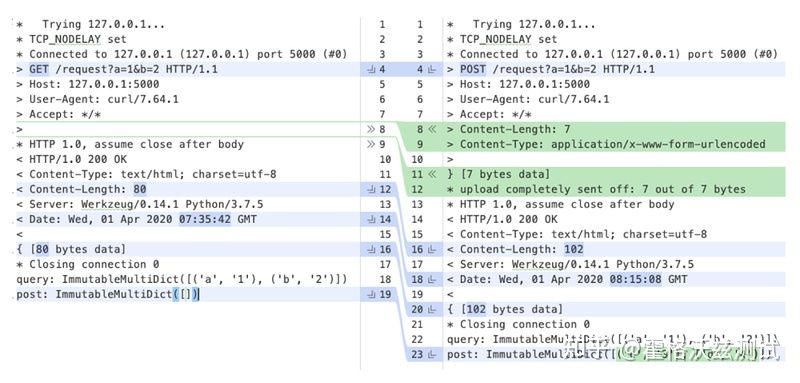
接口测试实战| GET/POST 请求区别详解
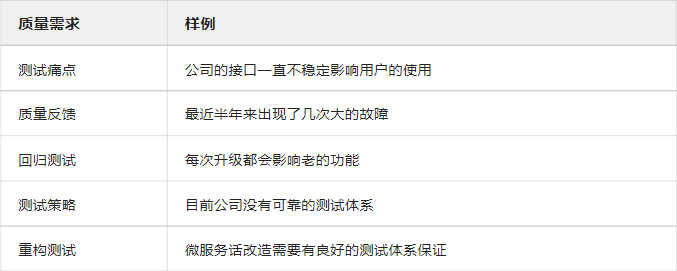
Interface Test Framework Practice | Process Encapsulation and Test Case Design Based on Encrypted Interface
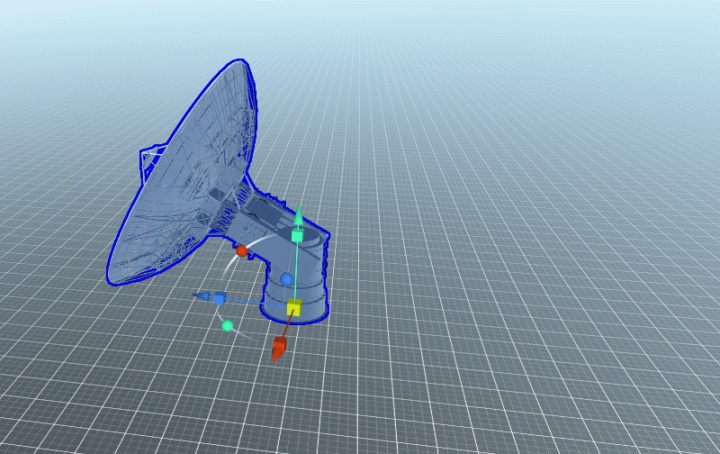
数字孪生园区场景中的坐标知识
随机推荐
typescript39-class类的可见修饰符
【Harmony OS】【ArkUI】ets开发 基础页面布局与数据连接
Harmony OS ets ArkUI 】 【 】 the development basic page layout and data connection
MySQL 删除表数据,重置自增 id 为 0 的两个方式
Create a tree structure
接口管理工具YApi怎么用?颜值高、易管理、超好用
刚上线就狂吸70W粉,新型商业模式“分享购”来了,你知道吗?
OSI的分层特点、传输过程与三次握手、四次挥手、tcp与udp包头的描述
Interface Test Framework Practice (4) | Get Schema Assertion
rosbag工具plotjuggler无法打开rosbag的问题
Bubble sort in c language structure
社交电商如何做粉丝运营?云平台怎么选择商业模式?
Interface testing framework combat (3) | JSON request and response assertion
在竞争白热化的电商行业,链动2+1为什么还有企业在用
Super handy drawing tool is recommended
接口和抽象
建立树形结构
普乐蛙VR台风体验馆厂家VR防震减灾模拟VR沉浸式体验设备
Unity2D horizontal board game tutorial 6 - enemy AI and attack animation
7.Keras开发简介